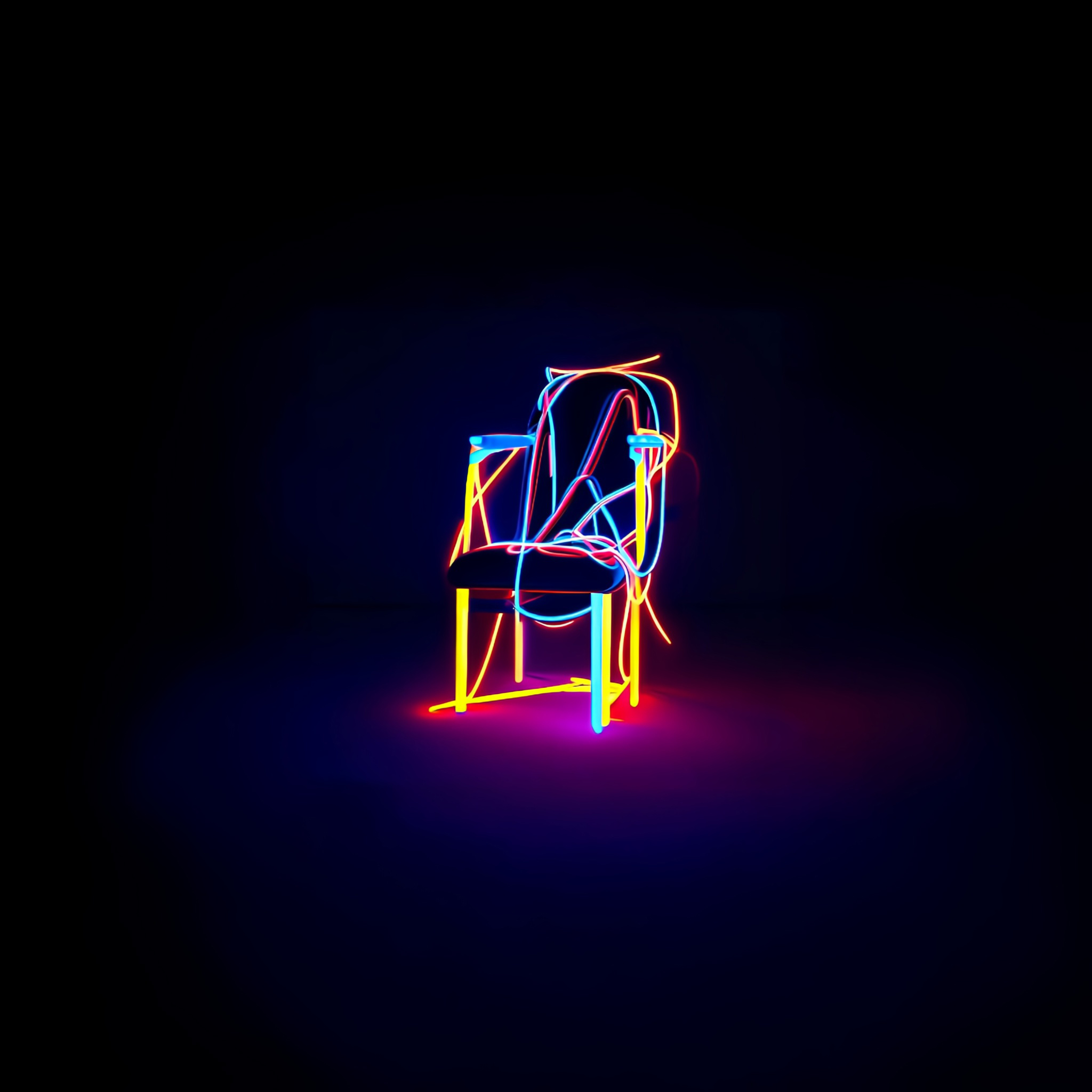About
Auf dem Stuhl is an ongoing visual project initiated by new media artist Yilun. Centered around the chair—a symbolic object in the history of design—it explores its forms, contexts, and cultural signifiers through sustained visual experimentation. The project primarily employs AI-generated imagery, computer graphics, and staged photography as its modes of production. By constructing fictional environments and subjecting chair designs to processes of distortion and defamiliarization, it draws on the formal logic of typological photography to continuously generate a series of "quasi-chairs"—objects that resist use, originate from unknown contexts, and hover somewhere between sculpture and hallucination.
These "quasi-chairs" involve both the deconstruction and recomposition of chair archetypes from design history, while also incorporating eclectic aesthetic references drawn from sources such as indigenous totems, folk art, primitivism, futurism, and organicism. The result is a hybrid visual grammar: one that disengages from functionality and oscillates between symbolic form and sculptural abstraction.
In the quasi-chair series, chairs are often placed in uncanny environments such as forests, deserts, ruins, or digital landscapes. These settings function as semantic incubators, co-creating meaning alongside the chairs and forming a visual system in which simulacra and environment continuously shape one another. This labyrinth of images—part dream, part archive—subtly reshapes the identity, affect, and perception of the chairs themselves. Beneath this system lies a deeper awareness of how technology shapes ways of seeing and modes of production.
As a project grounded in AI and other emerging technologies, Auf dem Stuhl maintains a critical stance toward the technical logics behind image-making. This reflection not only interrogates the aesthetic biases and cultural assumptions embedded in generative algorithms, but also raises broader questions about the power structures linking tools, creativity, and capital in contemporary image production. By juxtaposing AI, CGI, and traditional media such as analog photography, model-making, and set construction, the project seeks to destabilize the binary between “efficient generation” and “authentic capture.” It also weaves together systematic design methods with intuitive, improvisational approaches—resisting aesthetic monotony and the homogenization of output. While embracing the imaginative potential of new technologies, the project remains committed to a practice of image-making infused with critical awareness.
The juxtaposition of these uncanny design derivatives with heterotopic landscapes becomes, in itself, a parody and critique of modern design language.
The project adopts an image-based posture of anti-design, questioning functionalism, aesthetic conventions, and design’s cultural veneration in contemporary contexts. Through parody and defamiliarization, it destabilizes the authority of design language. Works are continuously published on Instagram @auf_dem_stuhl, forming a virtual typological archive of chairs and launching a visual experiment in simulacra, materiality, and cultural imagination.


